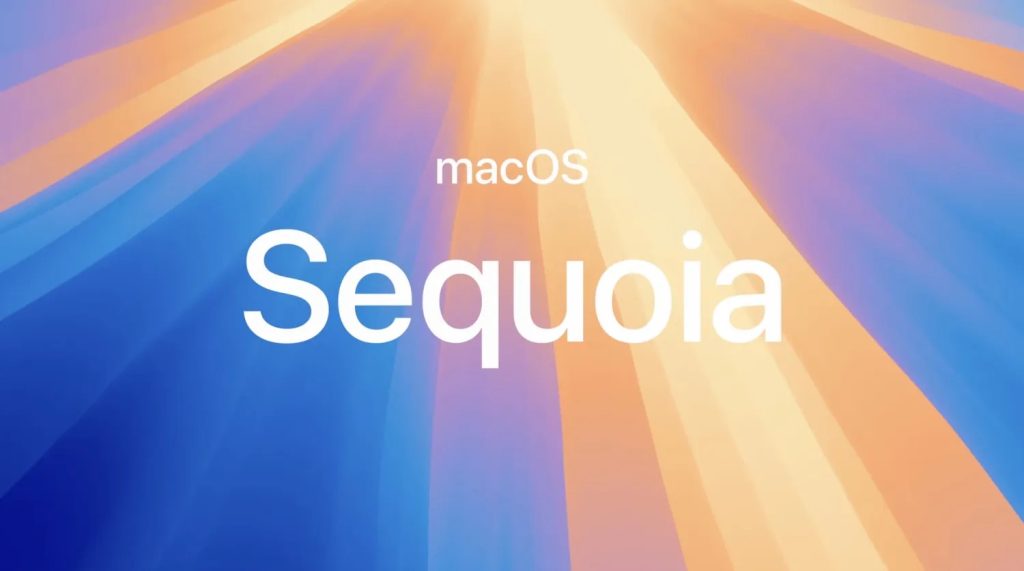Screen recording is a valuable feature, especially for tutorials, content creation, and remote support. However, it can also pose privacy risks if unauthorized apps gain access to your screen. In a world where sensitive information is often displayed on our devices, controlling what apps can capture your screen is crucial for data protection.
Apple has long positioned itself as a leader in user privacy, and these enhanced screen recording permissions are part of that strategy. By giving users more granular control, Apple ensures that only trusted apps have access, minimizing the risk of unauthorized data capture.
How Screen Recording Permissions Work in macOS Sequoia
macOS Sequoia introduces a refined permissions system that requires apps to request screen recording access explicitly. Users are prompted to grant or deny access when an app attempts to record the screen, similar to how macOS handles microphone and camera permissions.
Users can review and manage app permissions through the System Settings menu. From here, they can see which apps have been granted screen recording access and make changes as needed. This added transparency lets users stay informed and in control of their data.
If a user suspects an app no longer needs access or poses a security risk, permissions can be revoked at any time. This flexibility is vital for maintaining security, especially in dynamic environments where app usage frequently changes.
With stricter controls, users have greater peace of mind knowing that only apps they trust can record their screens. This is especially important for professionals dealing with sensitive data or personal information on their devices.
The streamlined interface for managing screen recording permissions makes it easier for all users, whether tech-savvy or not, to stay on top of their privacy settings. The clear prompts and settings menu reduce the likelihood of accidental permission grants.
macOS Sequoia also improves the notification system. Users receive clear alerts when an app is requesting screen recording access, making it easy to determine if the request is legitimate or potentially harmful.
Developers will need to ensure their apps comply with Apple’s updated guidelines. Apps that require screen recording access must explicitly request permission and provide a clear reason for the request. Failure to comply could lead to denied access and a negative impact on user experience.
In the current privacy-conscious landscape, apps that are transparent about why they need screen recording access are more likely to earn user trust. Developers should clearly communicate the purpose of screen recording features, both in-app and during the permission request process.
With privacy as a top concern, developers who prioritize and showcase their commitment to safeguarding user data could differentiate their apps in a crowded market. Building privacy-first features and being upfront about security practices can enhance credibility and user loyalty.
Real-World Scenarios Where Screen Recording Permissions Matter
For professionals who rely on macOS for work, enhanced screen recording permissions are a welcome addition. Whether you’re sharing screens in meetings, conducting remote sessions, or creating tutorials, knowing that unauthorized apps can’t capture your work boosts confidence.
For content creators who regularly use screen recording for tutorials, these new permissions add a layer of security. Creators can ensure that no rogue apps interfere or inadvertently capture content, helping maintain the integrity of their work.
Parents and guardians can now have more confidence that apps running on their children’s devices aren’t secretly recording their screens. These permissions can also be integrated into parental control settings, giving families better control over what is accessible on their devices.
What’s Next for macOS Security?
macOS Sequoia’s screen recording permissions are part of a broader trend toward more granular privacy controls. As privacy concerns grow, we can expect Apple to continue refining and expanding these controls across its platforms, offering users even more ways to protect their information.
These enhancements align with Apple’s broader privacy initiatives, which include features like App Tracking Transparency and Mail Privacy Protection. The consistent focus on privacy indicates that future macOS updates will likely introduce more tools aimed at giving users control over their data.
macOS Sequoia’s new screen recording permissions mark a significant step forward in user privacy and security.
